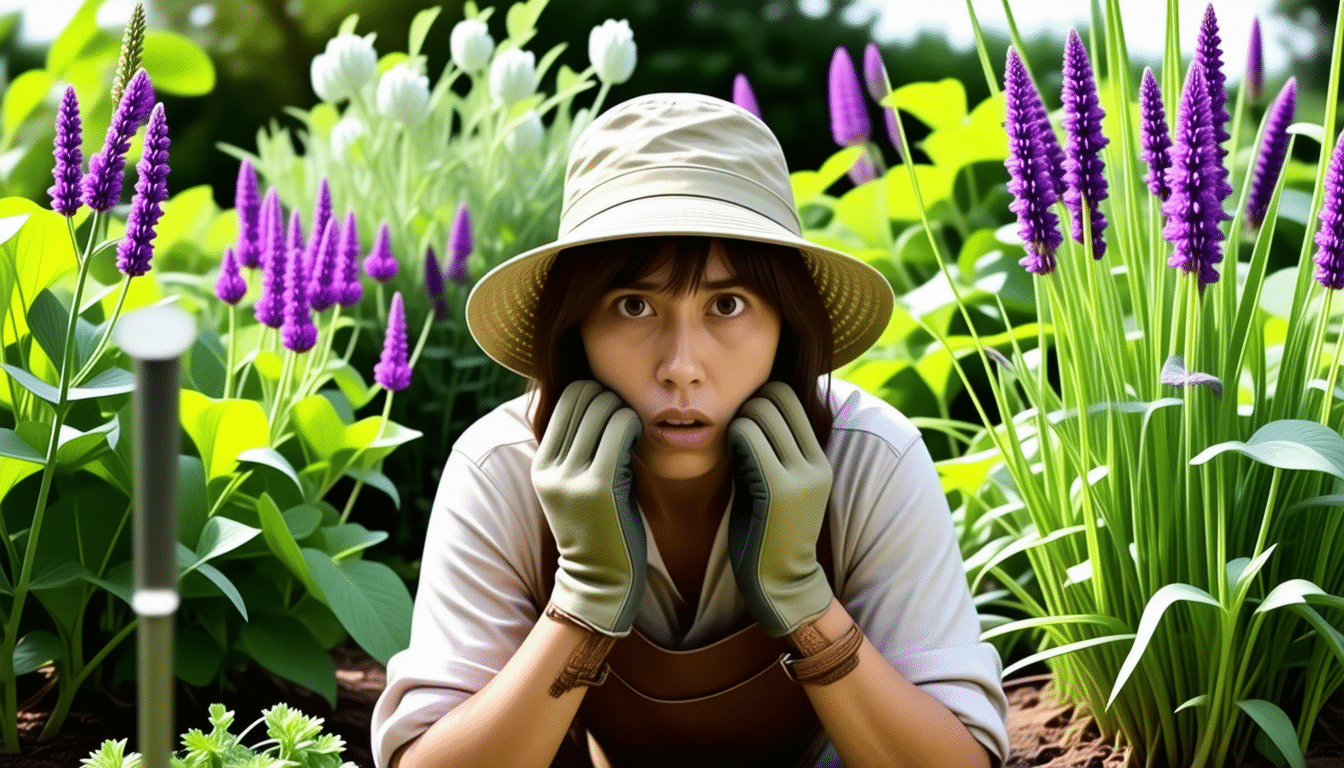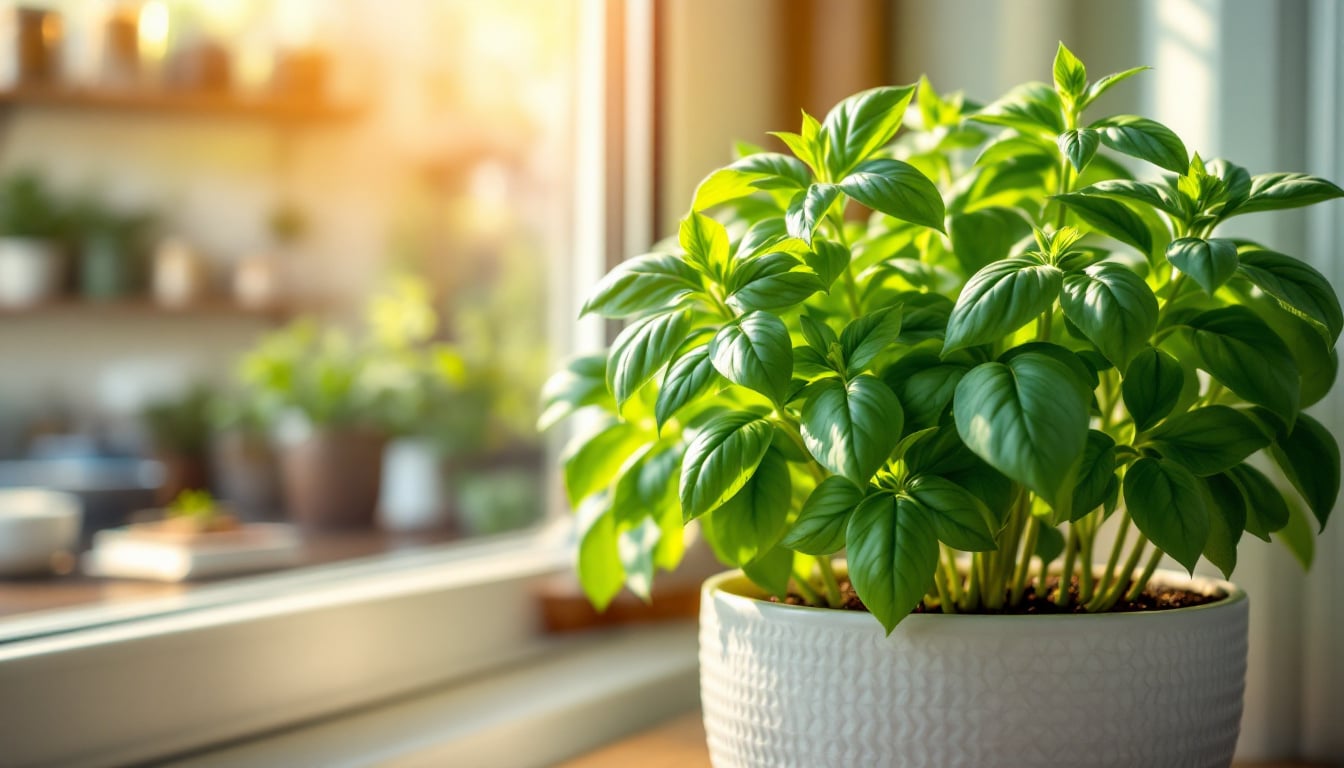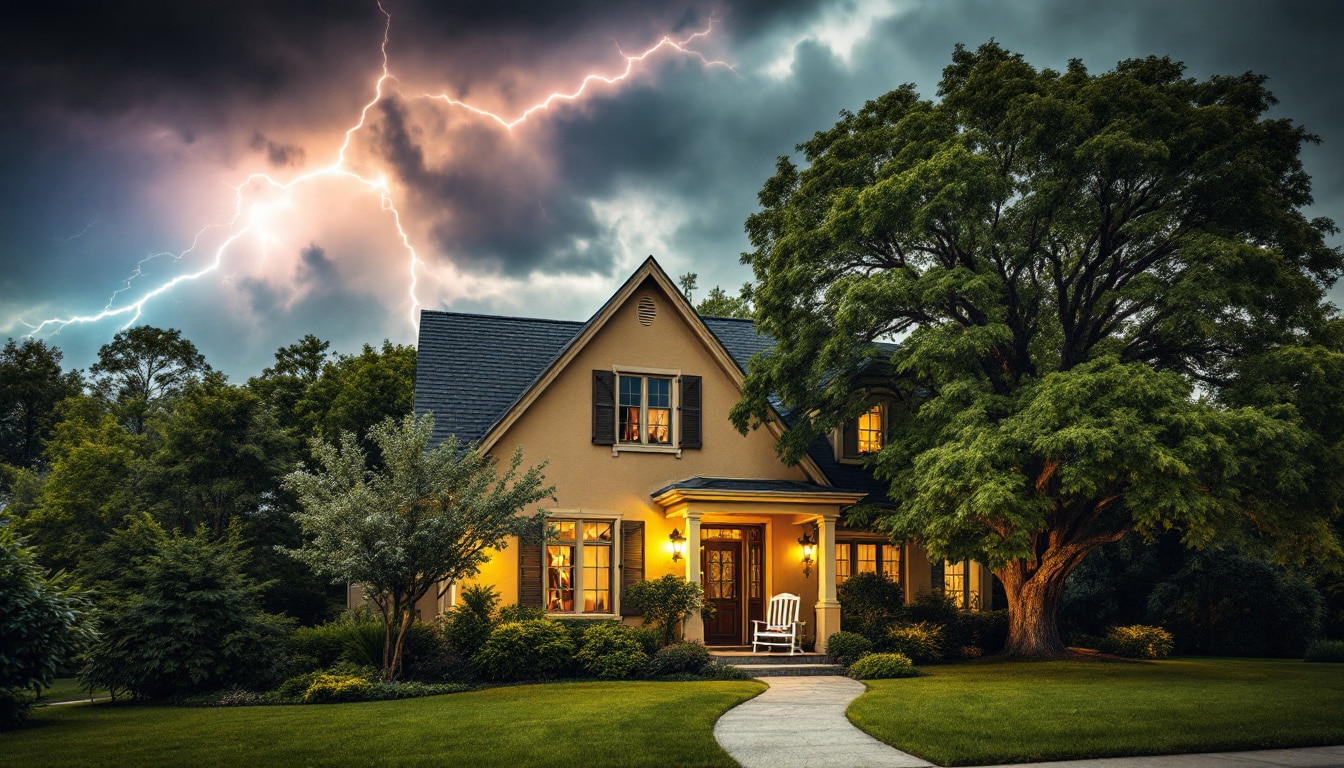Gardening is a beautiful and rewarding hobby, but it can quickly turn into a nightmare if you’re not careful about your plant choices. While the market is flooded with vibrant and exotic greenery, some of these plants can become a real threat to your garden — and the environment. These are known as invasive species. They spread aggressively, suffocate native plants, damage biodiversity, and can even pose health risks. From skin-burning giants to deceptively charming ground covers, this article exposes the most notorious offenders you should never bring home. Discover why it’s time to stop buying invasive plants now before your backyard turns into a battleground!
Top reasons to keep reading 🌿🛑
- 🌱 Understand the real dangers of invasive plants
- 🚫 Learn which plants could ruin your garden forever
- 🦋 Discover better native alternatives that support biodiversity
- 🌎 Find out how your choices impact the local ecosystem
- ⚠️ Get expert-like tips on how to identify and control invasives
Fun fact: Kudzu, one of the most invasive plants in the U.S., was originally promoted by the government in the 1930s to control soil erosion. Today, it grows so fast it’s nicknamed “the vine that ate the South.”
Stop buying these invasive plants now!
It’s essential to understand the impact of invasive plants on your garden. These aggressive species can rapidly dominate your landscape, pushing out delicate native flora that supports bees, butterflies, and other beneficial wildlife. As a result, your once-diverse garden may become a monoculture — not just boring, but damaging. And once these plants take root, they can be very hard to eliminate. By recognizing and avoiding these invaders, you’re not just protecting your garden, but making a stand for nature itself.
The Giant Hogweed Dilemma
One of the most alarming invaders is the towering Giant Hogweed. It can grow over 14 feet tall and appears majestic at first glance. But don’t be fooled. Its sap is highly toxic — exposure can lead to painful burns, long-term scarring, and even temporary blindness if it gets in your eyes. It also spreads aggressively, displacing native plants and creating dense thickets that are tough to clear. This plant is not just a nuisance — it’s a real threat.
Why Poison Ivy is on the No Buy List
Poison Ivy (Toxicodendron radicans) is infamous for a reason. Its oil, urushiol, causes itchy and blistering skin reactions in most people. Even indirect contact through pets or gardening tools can trigger a response. Beyond the health risks, Poison Ivy is a vigorous climber. It attaches to fences, climbs trees, and takes over garden beds. Its adaptability makes it almost impossible to control once established, especially in shaded or wooded areas.
Beware of the Bugleweed Charm
Bugleweed might charm you at first with its low-growing mat and vivid purple blooms, but this groundcover can quickly turn from pretty to problematic. In warmer climates, it becomes aggressive, forming dense carpets that outcompete more delicate perennials. Its rapid spread makes it hard to remove once it’s settled in, and it can choke out native wildflowers and grasses that are critical for pollinators. Choose this one, and you might be pulling it up for years to come.
Why Ground Cover Plants Are the Secret to a Beautiful, Resilient Lawn
The Aggressive Sweet Autumn Clematis
The airy white flowers of Sweet Autumn Clematis may look magical in late summer, but behind that beauty lies an aggressive invader. This fast-growing vine climbs over anything in its path — fences, trees, shrubs — and creates a tangled mass that’s incredibly difficult to manage. It spreads both by seed and through underground runners, making it a long-term problem for gardeners who fall for its initial charm. It’s a battle that often takes years to win.
FAQ
What are invasive plants? Invasive plants are non-native species that spread aggressively, dominating ecosystems and outcompeting local flora.
Why should I avoid invasive plants? They can disrupt biodiversity, cause long-term damage to your garden, and even pose health hazards.
How can I identify invasive plants? Look for signs like rapid growth, dense spreading, and resistance to removal. Consult local gardening guides or extension services for regional offenders.
What are the benefits of planting native plants? Native plants support pollinators, require less water, and are better suited to your region’s climate and soil conditions.
How can I prevent invasive plants from spreading in my garden? Inspect new plants carefully, remove known invaders promptly, and choose native alternatives whenever possible.
Keep your garden safe — and thriving
Invasive plants may seem harmless at first, but their effects can be long-lasting and damaging. Choosing the right plants is more than just a matter of taste — it’s a commitment to preserving your garden’s health and the environment around it. By saying no to invasive species and yes to native alternatives, you’re ensuring a vibrant, sustainable, and beautiful space for years to come. Bookmark this guide, explore other gardening tips, and come back soon — your garden (and the planet) will thank you!





